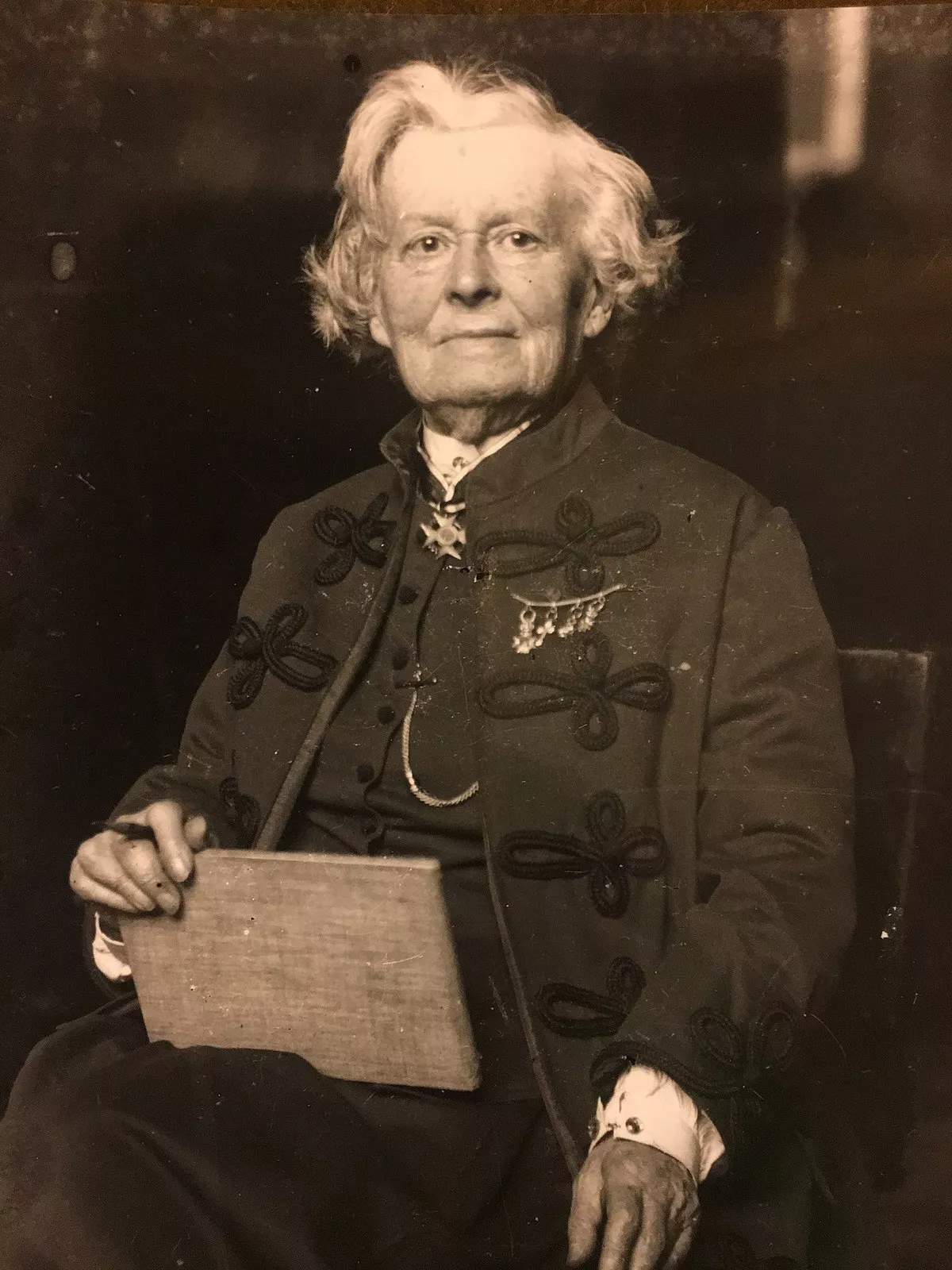 1.
1. Rosa Bonheur's paintings include Ploughing in the Nivernais, first exhibited at the Paris Salon of 1848, and now in the Musee d'Orsay in Paris, and The Horse Fair, which was exhibited at the Salon of 1853 and is in the Metropolitan Museum of Art in New York City.